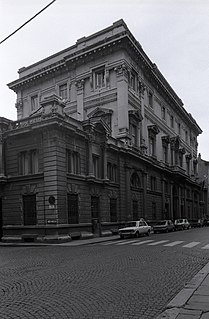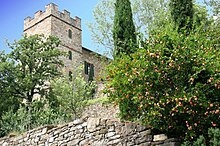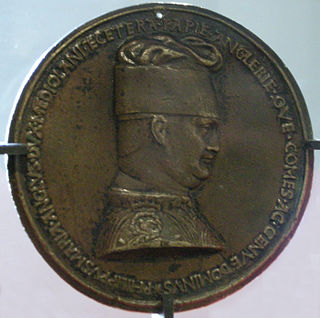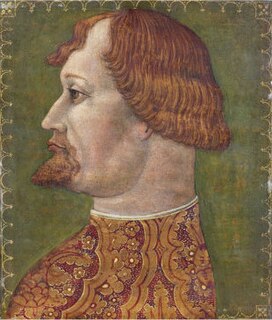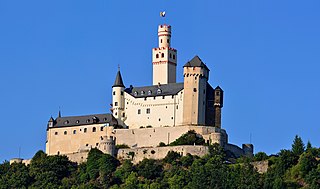History
Montechino Castle was built in the 12th century as a strategic outpost to defend the Riglio valley. The castle controlled an important trade route between northern and southern Europe. It served those on pilgrimage to Rome or to Santiago de Compostela, in Galicia, Spain. According to the Enciclopedia Treccani, after returning from the Crusades the Confalonieri family from Piacenza took control of the castle in the early 12th century. In 1393 Gian Galeazzo Visconti, Duke of Milan, while solidifying his control of the area, conferred the feudal title of Count and the lands surrounding Montechino to the family as vassal allies. In 1492 they sold the castle and all its land in the valley to the aristocratic Nicelli family who continued to improve the property. By 1842 it was controlled by Count Marazzani. In 1944, during the latter stages of World War II, in the italian resistance movement a famous Italian partisan division occupied the castle using it as their headquarters in their fight against Nazi occupation. In 1955 it was bought by Monsignor Stefano Fumagalli, archbishop of San Polo, who converted the castle to a retirement home for nuns. In 1986 it returned to private hands and was restored it to its original design as a stately home.
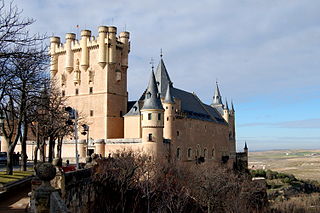
A castle is a type of fortified structure built during the Middle Ages by predominantly the nobility or royalty and by military orders. Scholars debate the scope of the word castle, but usually consider it to be the private fortified residence of a lord or noble. This is distinct from a palace, which is not fortified; from a fortress, which was not always a residence for royalty or nobility; and from a fortified settlement, which was a public defence – though there are many similarities among these types of construction. Usage of the term has varied over time and has been applied to structures as diverse as hill forts and country houses. Over the approximately 900 years that castles were built, they took on a great many forms with many different features, although some, such as curtain walls and arrowslits, were commonplace.
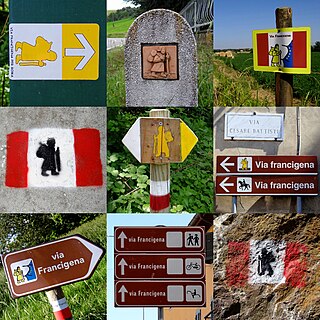
The Via Francigena is the common name of an ancient road and pilgrim route running from France to Rome and Apulia, where there were the ports of embarkation for the Holy Land, though it is usually considered to have its starting point on the other side of the English Channel, in the cathedral city of Canterbury. As such, the route passes through England, France, Switzerland and Italy. The route was known in Italy as the "Via Francigena" or the "Via Romea Francigena". In medieval times it was an important road and pilgrimage route for those wishing to visit the Holy See and the tombs of the apostles Peter and Paul.

Rome is the capital city and a special comune of Italy. Rome also serves as the capital of the Lazio region. With 2,872,800 residents in 1,285 km2 (496.1 sq mi), it is also the country's most populated comune. It is the fourth most populous city in the European Union by population within city limits. It is the centre of the Metropolitan City of Rome, which has a population of 4,355,725 residents, thus making it the most populous metropolitan city in Italy. Rome is located in the central-western portion of the Italian Peninsula, within Lazio (Latium), along the shores of the Tiber. The Vatican City is an independent country inside the city boundaries of Rome, the only existing example of a country within a city: for this reason Rome has been often defined as capital of two states.
This page is based on this
Wikipedia article Text is available under the
CC BY-SA 4.0 license; additional terms may apply.
Images, videos and audio are available under their respective licenses.

Galeazzo II Visconti was a member of the Visconti dynasty and a ruler of Milan, Italy.

Visconti is the family name of important Italian noble dynasties of the Middle Ages. The Visconti of Milan rose to power in their city, where they ruled from 1277 to 1447, initially as Lords then as Dukes and where several collateral branches still exist.
The effective founder of the Visconti lordship of Milan was Ottone, who wrested control of the city from the rival Della Torre family in 1277.

Bentivoglio was an Italian family that became the de facto rulers of Bologna and responsible for giving the city its political autonomy during the Renaissance, although their rule did not survive a century.

Abbiategrasso, formerly written Abbiate Grasso, is a comune and town in the Metropolitan City of Milan, Lombardy, northern Italy, situated in the Po valley approximately 22 kilometres from Milan and 38 kilometres from Pavia.

Castell'Arquato is an Italian town located on the first hills of Val D’Arda in the province of Piacenza, in Emilia-Romagna, approximately 30 kilometres (19 mi) from Piacenza and 35 kilometres (22 mi) from Parma. Places nearby include Bacedasco, Vigolo Marchese, Fiorenzuola d'Arda, Lugagnano Val d'Arda, and Vernasca.

Torriglia is a comune (municipality) in the Metropolitan City of Genoa in the Italian region Liguria, located in the upper Trebbia valley, about 20 kilometres (12 mi) northeast of Genoa.
Torriglia borders the following municipalities: Davagna, Lorsica, Lumarzo, Mocònesi, Montebruno, Montoggio, Neirone, Propata, Rondanina, Valbrevenna.

Bardi is a comune (municipality) in the Province of Parma in the Italian region Emilia-Romagna, located about 130 kilometres (81 mi) west of Bologna and about 50 kilometres (31 mi) southwest of Parma, in the upper Ceno valley at the confluence of the rivers Ceno and Noveglia. It is dominated by the imposing Landi Castle built over a spur of red jasper.

The aristocratic Borromeo family were merchants at San Miniato around 1300 and became bankers at Milan after 1370. Vitaliano de’ Vitaliani, who acquired the name of Borromeo from his uncle Giovanni, became count of Arona in 1445. His descendants played important roles in the politics of the Duchy of Milan and as cardinals in the Catholic Reformation. In 1916 the head of the family was granted the title Prince of Angera.

Azzone Visconti was lord of Milan from 1329 until his death. He is considered the founder of the state of Milan, which later became a duchy.

Matteo I Visconti (1250–1322) was the second of the Milanese Visconti family to govern Milan. Matteo was born to Teobaldo Visconti and Anastasia Pirovano.

Montechino is a hamlet of forty inhabitants. It is a frazione of the comune of Gropparello, in the province of Piacenza, in Emilia-Romagna, Italy.

The Val Nure is the valley of the Nure river, a tributary of the Po. The valley lies almost entirely in the Province of Piacenza, in the Emilia-Romagna region of Italy. It forms part of the Comunità Montana Valli del Nure e dell'Arda.
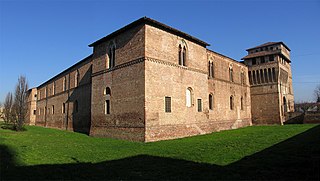
The Castle of the Visconti in Pandino is a Gothic-style castle located in the center of the town of Pandino, province of Cremona, region of Lombardy, Italy.

The Visconti Castle or Castello Visconteo is a castle located in Cusago near Milan. It was built in the 14th century by Bernabò Visconti and used as a hunting lodge by the Visconti family, lords and dukes of Milan. The castle underwent significant changes in the Renaissance period. Today it is in a state of abandonment.

The Visconti Castle of Abbiategrasso is a Middle Age castle located in Abbiategrasso, Metropolitan City of Milan, Lombardy, northern Italy. It lies on the axis of the Naviglio Grande and from its tower the navigation along the canal toward Milan could be controlled. In the 15th century it was one of the preferred places of residence of the dukes and duchesses of Milan.

The Visconti Castle of Crenna is a castle of Middle Age origin located in Crenna, frazione of Gallarate, Lombardy, Northern Italy. It is linked to the fame of Lodrisio Visconti, who raised against and then reconciled with the members of the family of his cousin Matteo Visconti, Lord of Milan. In the 14th century, the castle underwent expansion and destruction according to the alternative fortunes of Lodrisio.

